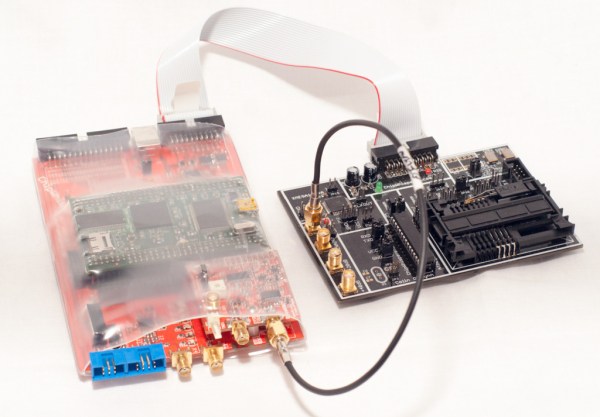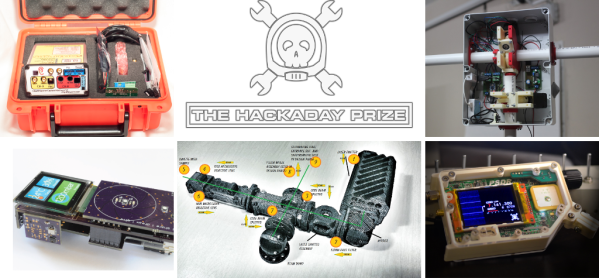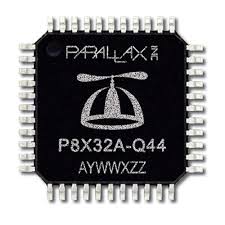DJ Muallem
 If you don’t have your ticket to the Hackaday Prize Party at Hackaday Munich you better scramble for one. We are excited to announce that [muallem] is the DJ for the event. He is the driving force behind the music at the Bob Beaman Club in Munich and is sure to deliver a set to remember. Don’t take our word for it, we’ve been cranking his Soundcloud channel for a couple of days now and it’s hard to wait the two weeks left before the party starts.
If you don’t have your ticket to the Hackaday Prize Party at Hackaday Munich you better scramble for one. We are excited to announce that [muallem] is the DJ for the event. He is the driving force behind the music at the Bob Beaman Club in Munich and is sure to deliver a set to remember. Don’t take our word for it, we’ve been cranking his Soundcloud channel for a couple of days now and it’s hard to wait the two weeks left before the party starts.
Workshop details whether you have a ticket or not
For those able to show up during the afternoon we have started to post details about the workshops. One point of confusion has been the All-day tickets versus the Workshop tickets. Here’s a rundown:
- Workshop tickets were limited based on the hardware we are able to bring to the event with us.
- All day tickets are welcome to participate in the workshops if you bring your own hardware to hack. Of course you are also welcome to come and watch, visit, or work on a completely separate hardware hack of your own!
If you have a ticket you’ll want to check out the details about getting a head start (by pre-loading embedded development software and learning a bit about the challenges). If you don’t have a workshop ticket we’re recommending hardware you can bring in order to participate.
So far we’ve posted about the Roboto and Moog workshops but will add details about Reverse Engineering and Computer Vision workshops soon!
The Hackaday Prize: Space Trip or Cash?
There has been a brewing debate about whether the winner of The Hackaday Prize (who will be revealed live at Hackaday Munich) will take the Trip to Space or grab the $196,418 in cash. Tell us which what you would do and why.

















